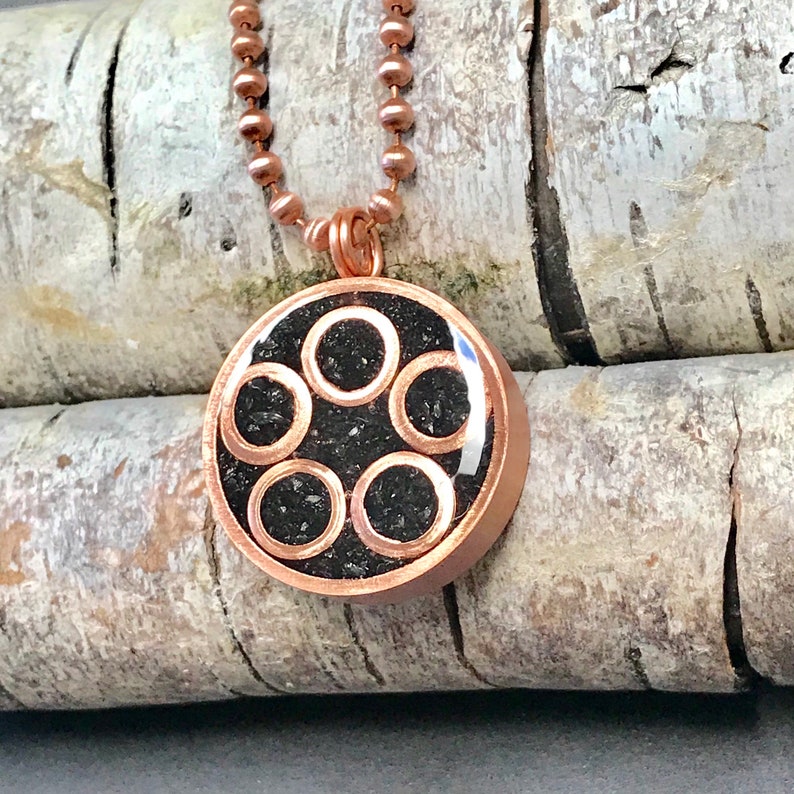When Discover more comes to safety clothing the majority of people turn to pockets. These kinds of clothing keep small items safe, but many people prefer to wear underwear with pockets. A lot of these clothes come with pockets to store cash and other small items. Here are a few alternatives for security clothes.
SlashPRO(r) Slash Proof Clothing
The SlashPRO(r) Slash Resistant clothing line is tested and certified field-tested, highly durable protective clothing. It protects against slashes to arteries and blood vessels muscles, tendons, ligaments, and nerves. It is soft and machine washable.
SlashPRO(r) SlashPRO(r) Slash Resistant Clothing line is made from 100 percent cut-resistant Cut-Tex(r) PRO Fabric. This fabric is produced from Great Britain and is skin-friendly and latex-free. It's available on the online store of the company.
The neck is an often victim of slash attacks. The carotid vein, jugular vein and the ligaments that regulate head movements are all situated within this region. A cut horizontally across the neck or throat could cut off the veins and cause severe injury the vital organs. To protect against these attacks the neck guard that is slash-resistant is a vital piece of protective clothing.
Casual trousers
Casual trousers are a versatile wardrobe staple and are usually made from tough fabrics. Denim, a dense weave of twill, is a great option for casual wear. The fabric is strong and comfortable and is available in a variety of shades. It is also extremely versatile. You can find denim in many different shades that make it possible to design a range of casual trousers made of different fabrics and colors.
Casual pants are a great choice for casual wear and can be worn with casual shoes. You can pair an ankle boot like the Bottega or simple black Docs with casual pants. Also, you'll feel comfortable in your choice of footwear when you wear these trousers. Unlike dress pants, which appear awkward when worn with inappropriate shoes, casual trousers can be worn with athletic shoes, like the thrashed Sambas. Casual pants are an excellent choice for work, as they are both fashionable and comfortable.
A good place to buy casual trousers is at Louis, which sells many styles. Louis produces its pants using heavy cotton with an informal design, and their pockets are abundant. The website lets you purchase two sizes on the internet, and if you're not satisfied, they'll accept your return.

Underwear with pockets
Pocket-style underwear was created by Dustin Slypen in 2006. This type of underwear is great for people who have to carry around wallets and passports during an evening out. These underwear pockets also keep pickpockets from stealing valuable items since they come with multiple compartments. https://te.legra.ph/Choosing-the-Right-Slash-and-Substance-Resistant-Clothing-04-04-6 can also carry their phones, as well as other small objects while wearing these undergarments.
This brand new kind of underwear comes with two pockets that have zippers. One of them can hold an ID card and the other one is the perfect size for cell phones and other small items. These pockets are also perfect to store cash as well as credit cards. You'll be assured that your possessions are safe, especially if you are traveling to a foreign country.
One of the pockets is located on the lower abdomen. In The original source to the external pouch, this underwear is equipped with a pair of legs and an elastic waist band.
Clothing resistant to chemicals
Choosing the right chemical-resistant clothing is an essential step in protecting the skin from contact with dangerous chemicals. Typically, this is measured by resistance to permeation, degradation, and penetration. The most common tests are tests like the American Society for Testing and Materials (ASTM) permeation test, which determines the duration of the breakthrough and the steady-state permeation rates for protective clothing.
The choice of chemical protective clothing should begin with an extensive assessment of the hazards and a thorough review of the requirements for the wearer. The selection should be based on your experience with the chemical in question. It is recommended that you consult a manufacturer's chemical database to determine the appropriateness of the clothing. The database should contain data points on penetration, permeation, and breakthrough. Additionally, you must consider the manufacturer's reputation and distribution method. Price is an additional factor to consider.
The NIOSH Pocket Guide to Chemical Hazards provides a complete list of hazardous chemicals which require protection and gives recommendations for what kinds of protective clothing you should wear. This guide is a great source of information about what clothes are suitable for various situations.
